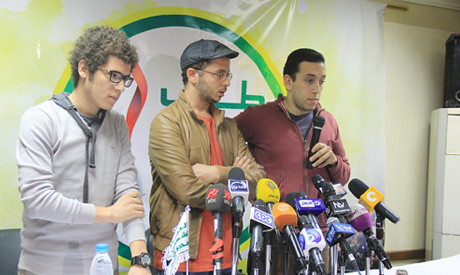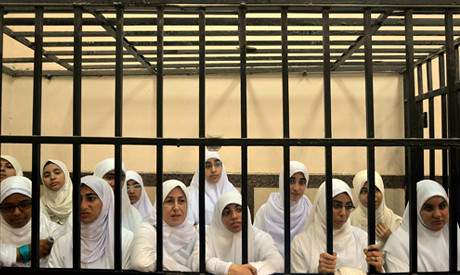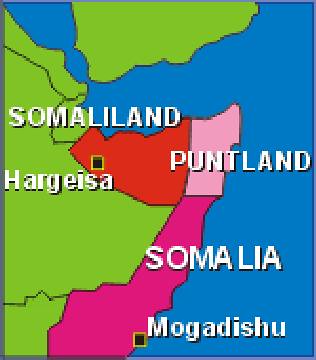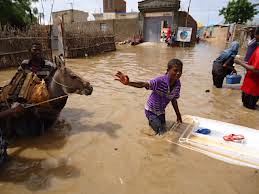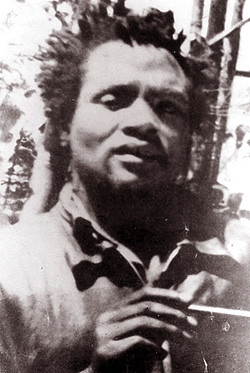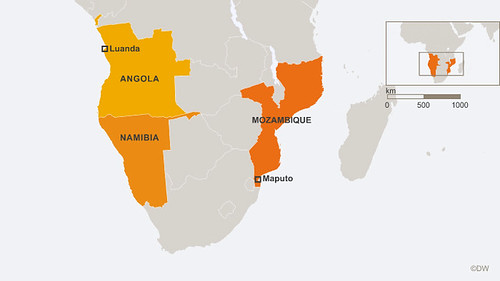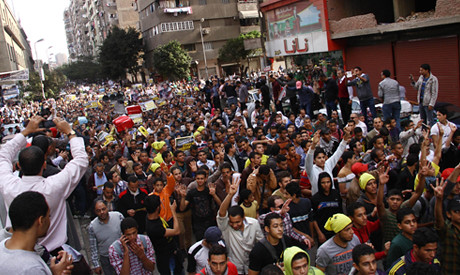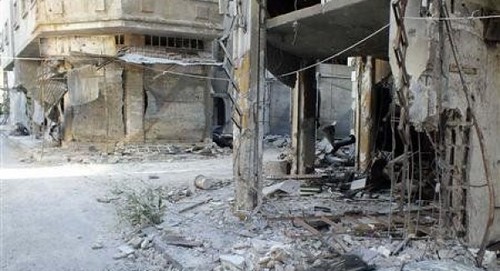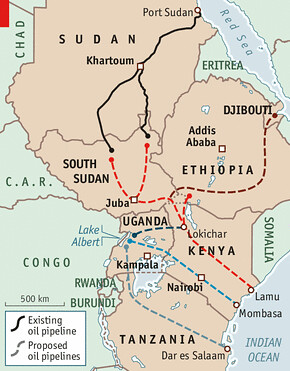
Zimbabwe diamond resources are some of the largest in the world. Imperialism has attempted to prevent the Southern African state from trading its most lucrative resource on the world market., a photo by Pan-African News Wire File Photos on Flickr.
Diamond shops in key countries urged
Sunday, 01 December 2013 00:00
Darlington Musarurwa Business Editor
Zimbabwe Herald
Zimbabwe and other diamond-producing countries in the Southern Africa Development Community (Sadc) region should actively consider making it imperative for a quota of diamonds produced in the
region to be cut and polished locally, civil society activists believe.
They said these countries should also ensure that the local cutters, polishers and jewellery manufacturers open retail stores in key global centres such as Paris (France), New York (United States) and London (Britain).
Sadc, they also urge, could even consider punitive taxes for countries that export diamonds in the rough.
According to a recent report published by the Centre for National Resource Governance (CNRG), a registered trust in Zimbabwe focusing on extractive industries, the plan should also include efforts to “package jewellery shopping in the tourism industry to attract high-spending buyers.”
There are concerns that the region is failing to unlock the maximum possible value from diamond mining despite accounting for more than half of global production.
Statistics from CNRG indicate that the Sadc region last year produced 56,1 percent of global production of rough diamonds, with 45,4 percent coming from Zimbabwe and Botswana.
However, the revenues generated have not been significant enough to make a positive economic impact, especially in Zimbabwe.
As a result, Botswana produced the most diamonds by value at $3 billion, while Zimbabwe was ranked at seventh, having produced $644 million worth of roughs despite producing the fifth highest number of diamonds by volume.
Experts say the anomalies are mainly because of the sanctions imposed on the Zimbabwe Mining Development Corporation (ZMDC) by the United States and the Europea Union. ZMDC, which also wholly owns Marange Resources, is a Government-controlled entity that has joint ventures with three major diamond producing companies in Chiadzwa - Anjin, Mbada Diamonds and DMC.
Sanctions on the parastatal have since been removed.
Market watchers say there is a need for producing countries in the region to reform their laws to ensure that they control the diamond supply chain from exploration, mining, sorting, cutting and polishing, jewellery manufacture and retailing.
In Zimbabwe, the Mines and Minerals Act (Chapter 21:05, 1961), which is however under review, is the principal Act that governs the mining sector.
Observed CNRG: “Zimbabwe’s mineral sector is regulated through several Acts of Parliament and Statutory Instruments.
This presents a complex scenario for the public and potential investors who have had to interpret Zimbabwe’s Mineral Policy from these diverse sources of information.”
Zimbabwe has no law on the cutting and polishing of diamonds. Even the Zimbabwe Diamond Policy that was unveiled in November last year does not stipulate the portion of diamonds for local value addition.
Policymakers are tentatively considering setting aside 10 percent of production for beneficiation.
Local efforts to beneficiate diamonds – a critical undertaking under Government’s new economic blueprint, the Zimbabwe Agenda for Sustainable Socio-Economic Transformation - have as a result been elusive. In March this year, Government released a Draft Minerals Policy, but it does not have a legal underpinning as yet.
President Robert Mugabe indicated during the official opening of the First Session of the Eighth Parliament of Zimbabwe that promulgation of a new Mines and Minerals Bill will be prioritised.
Despite making an undertaking to incentivise local cutting and polishing of gems, prospective investors received a major setback when Government last year increased licencing fees from $20 000 to $100 000.
As a result, this year only six out of 29 companies managed to reapply.
Fees were later revised to $50 000.
The civil society organisation also believes that contrary to World Bank research concluding that cutting and polishing of diamonds will not benefit the region because the cost of cutting and polishing is presumably higher than in some parts of the world, there is evidence to suggest that it can indeed be lucrative.
“One argument against beneficiation in Sadc has been the cost of cutting and polishing. In 2009 the government of Botswana estimated this cost to be about $100 per carat.
“In 2011, it revised this cost down to between $35 and $60 per carat compared to India (US$10 per carat), China (US$17 per carat) and Thailand (US$20 per carat). There is nothing to suggest this cost is less in Zimbabwe.
“The normal industry rule of thumb for cutting and polishing is that the cost of cutting and polishing should not exceed 10 percent of the value of the rough,” said the report, adding: “The World Bank has funded many researches that have shown that beneficiation will not profit the Sadc region.
However, this begs several important commercial questions that have a bearing on the development of one of Sadc’s most important export industries.
“The first question is that if the cost differentials are as large as suggested between that of Sadc producers and lower cost-cutting and polishing countries in Asia then why are beneficiation activities beginning to occur throughout the Sadc region?
“Secondly, if costs are such an important factor in determining the location of where diamonds are processed, why are so many diamonds still cut in countries like Israel, Belgium and the USA where costs are
considerably higher than in India or in Southern Africa?”
There are fears that if Zimbabwe fails to make proper and timeous interventions, it will lose out to Botswana, which last month began sorting and selling its gems.
Previously, the sorting, through the Diamond Trading Company, a subsidiary of De Beers, was done in London. Botswana held its first sale of diamonds between November 11 and November 14. The Southern African country is projected to generate $6 billion from Gaborone this year.
While Botswana is domesticating the sale of its gems, some quarters in Zimbabwe are actually pushing for the sale of diamonds in Antwerp, Belgium, which is one of the biggest diamond trading hubs in the world.
Exports of rough diamonds have primarily benefiting processing and marketing centres such as India, Belgium and Dubai, which do not produce the precious stones, at the expense of producing nations.
India, for example, has managed to employ
800 000 people from establishing a cutting and polishing industry over the past 40 years.
“Both Botswana and Zimbabwe have jewellery manufacturers and retailers to cater for their local markets. These markets usually are for small stones which in turn leads to the local cutting and polishing of smaller, low-value stones.
“The two countries can make efforts to package jewellery shopping in their tourism industry to attract high-spending buyers.
“Local cutters and polishers, and jewellery manufacturers can also set up retail stores in the top retail locations such as New York, London, Paris and Tokyo,” concluded CNRG.
Before the discovery of the vast diamond fields in Marange, Zimbabwe had two diamond mines, namely Murowa Diamond Mine which is majority controlled by Rio Tinto, and River Ranch in Beitbridge which has since been liquidated.
Zimbabwe has now emerged as one of the largest diamond-producing countries in the world, and it is estimated that it could supply more than a quarter of global demand.
